Once you've finalized your basic design, it's time to analyze your storage needs in each zone. The results of that analysis will drive the size & configuration of your cabinets and drawers.
- First, make a list of everything you plan to store in your new kitchen, regardless of where it's stored now...kitchen, basement, dining room, etc.
Next, take the list and group the items according to function. Will they be used during prep? cooking? baking? cleanup? Some items, like pot holders, may belong in two different zones (in this case, cooking & baking). You can either find storage between the two zones or have duplicates and store one in each zone.
Now, determine where each of your zones will be (prep, cleanup, cooking, baking, storage, etc.)
The next step depends on the stage you are in the design/order process... If you've already ordered your cabinets, then you will have to work with what you have. So...
- Identify the storage potential in each zone and list them on a piece of paper with a section for each cabinet (base & upper) and one line per drawer or shelf in that cabinet. This includes your pantry for your "storage" zone.
Take the two lists and, while imagining yourself working in each zone, put the dishes, tools, etc. that you will be using in cabinets in that zone. Fill in the lines in the cabinet list with these items.
If you are still in the design phase, you will have the opportunity to plan your storage to meet your needs in each zone.
- Take your list and imagine yourself working in each zone.
Go through the motions to determine the best locations for each item that will be used and stored in that zone (don't forget that you will probably have both upper and lower cabinets).
Now that you know where to put the items, determine what the best way is to store those items (drawer, shelf, etc.) and what size (e.g., pots & pans work best in 30" or 36" drawers)
Lastly, transfer what you've done to your design & tweak as necessary.
You should now have a well-thought out and highly functional kitchen!
Sample storage map: {{gwi:1613066}}
This process and the resultant "map" will not only help you to "see" how things will fit, but the map will also help when you move back into the kitchen...you won't have to think about it, you'll be able to just put things away. It will also be a handy map for everyone to use when attempting to find things the first few weeks w/o having to open every drawer or door!
Oh, and don't forget the Junk Drawer! Most people end up with one, so you may as well plan for it so you at least have control over where it's located!
skip line
Common Zones, Appliances In That Zone, and Suggestions For What To Store There:
- Storage--pantry & refrigerator--Tupperware, food, wraps & plastic bags
Preparation--sink & trash/recyclables--utensils, measuring cups/spoons, mixing bowls, colander, jello molds, cutting boards, knives, cook books, paper towels
Cooking--cooktop/range & MW (and near a water source)--utensils, pot holders, trivets, pots & pans, serving dishes (platters, bowls, etc.), paper towels
Baking--ovens/range--utensils, pot holders, trivets, pots & pans, casserole dishes, roasting rack, cooling racks, cookie sheets, foils, rolling pin, cookie cutters, pizza stone, muffin tins, paper towels [often combined with Cooking Zone]
Cleanup--sink & DW & trash--detergents, linens, dishes & glasses, flatware
Eating/Serving--island/peninsula/table/nook/DR--table linens, placemats, napkins, dishes & glasses, flatware
Utility--broom, dustpan, swifter, mop, cleaning supplies, cloths, flashlights, batteries, extension cords
Message/Communication/Command Center--keys, phones/answering machine, charging station, directories/phone books, calendar, desk supplies, dry erase board or chalkboard, pens/pencils, sticky notepaper
skip line
Less Common Zones:
- Tea/Coffee Bar--tea/coffeemaker (and near a water source)--mugs, teas/coffees, sugar, teapot
Snack/Beverage Center--near MW & refrigerator or small refrigerator--snacks, snack dishes, glasses [often combined with Tea/Coffee Bar]
Pet Zone--feeding area--food, snacks, leashes, medicines (if no children in the home), etc.
skip line
Overlapping of Zones
Due to space constraints, some zones often overlap. If this is the case in your kitchen, be sure there is enough work space in the overlap for both activities. Zones that commonly overlap...
- Prep & Cooking Zones--These zones should be adjacent to each other, so this is a common overlap and is generally not a problem. Just be sure you have enough room for prepping as well as landing space for the range/cooktop. (It is strongly advised you have enough room for emergency landing space on both sides of a range/cooktop.)
Prep & Cleanup Zones--If there is only one sink in the kitchen, these zones will be adjacent to each other because of the need for a water source for both zones. However, true overlapping is not generally a good idea. Instead, try to keep the cleanup area separate from the prep area by putting the sink between them. E.g., DW on one side, Prep Zone on the other side. (You should strive to keep the DW out of the Prep Zone as well as out of the path between the sink and Prep & Cooking Zones and between the refrigerator and Prep & Cooking Zones.) Also try for at least 36" (42" or more is better) of room on the Prep Zone side of the sink for ample workspace as well as accommodating the inevitable dirty dishes that will accumulate next to the sink.
skip line
Commonly Used Items: pots & pans, utensils, small appliances, linens, pot holders, trivets, dish detergents, "Tupperware", knives, pitchers, water bottles, vases, picnic supplies, cook books, etc.
Foods: Spices, Breads, Flours/Sugars, Teas/Coffees, Potatoes, Onions, Canned Goods, Dry Goods (rice, pasta, etc.), Cereals, Snacks
Small Appliances: Toaster, Stand and/or Hand Mixer, Blender, Breadmaker, Toaster Oven, Food Processor, Crockpot, Waffle Iron, Electric Skillet, Coffeemaker, Coffee Grinder, Ricer, Steamer
SPECIAL NOTE: If your ceiling or one or more of your walls is coming down, consider wiring for speakers, TV, Computer, etc.
skip line
Some helpful threads:
forestfire..please help me with my lists [Missing In Action as of 5/16/10...if anyone has saved it, please let me know by emailing me via "My Page"]
List of stuff in kitchens?
What should go within easy reach of the cooktop?
What goes where?
Reloading the new kitchen, any tips where things should go?
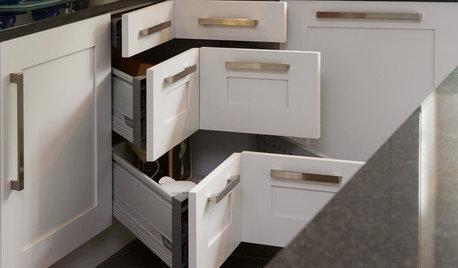

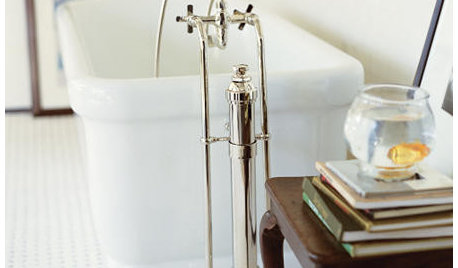
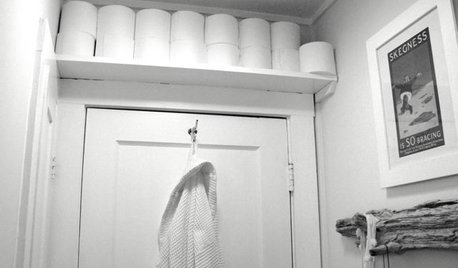
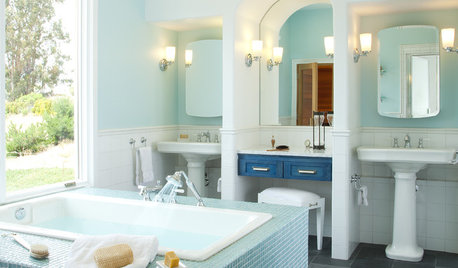

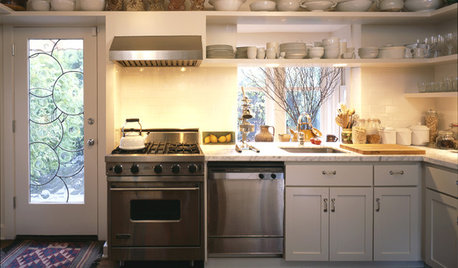
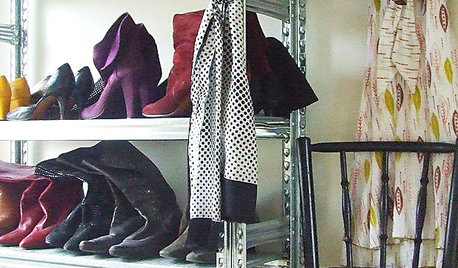



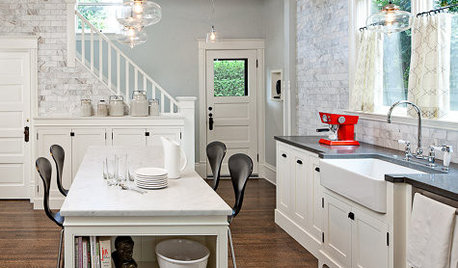
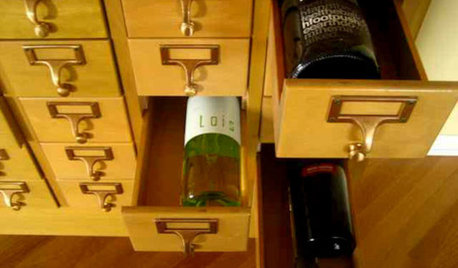
Related Discussions
New to Kitchens? Read Me First!
Q
Plan of kitchen as is, suggestions welcome.
Q
Requesting a layout critique for open Great Room.
Q
New to Kitchens? Read Me First!
Q